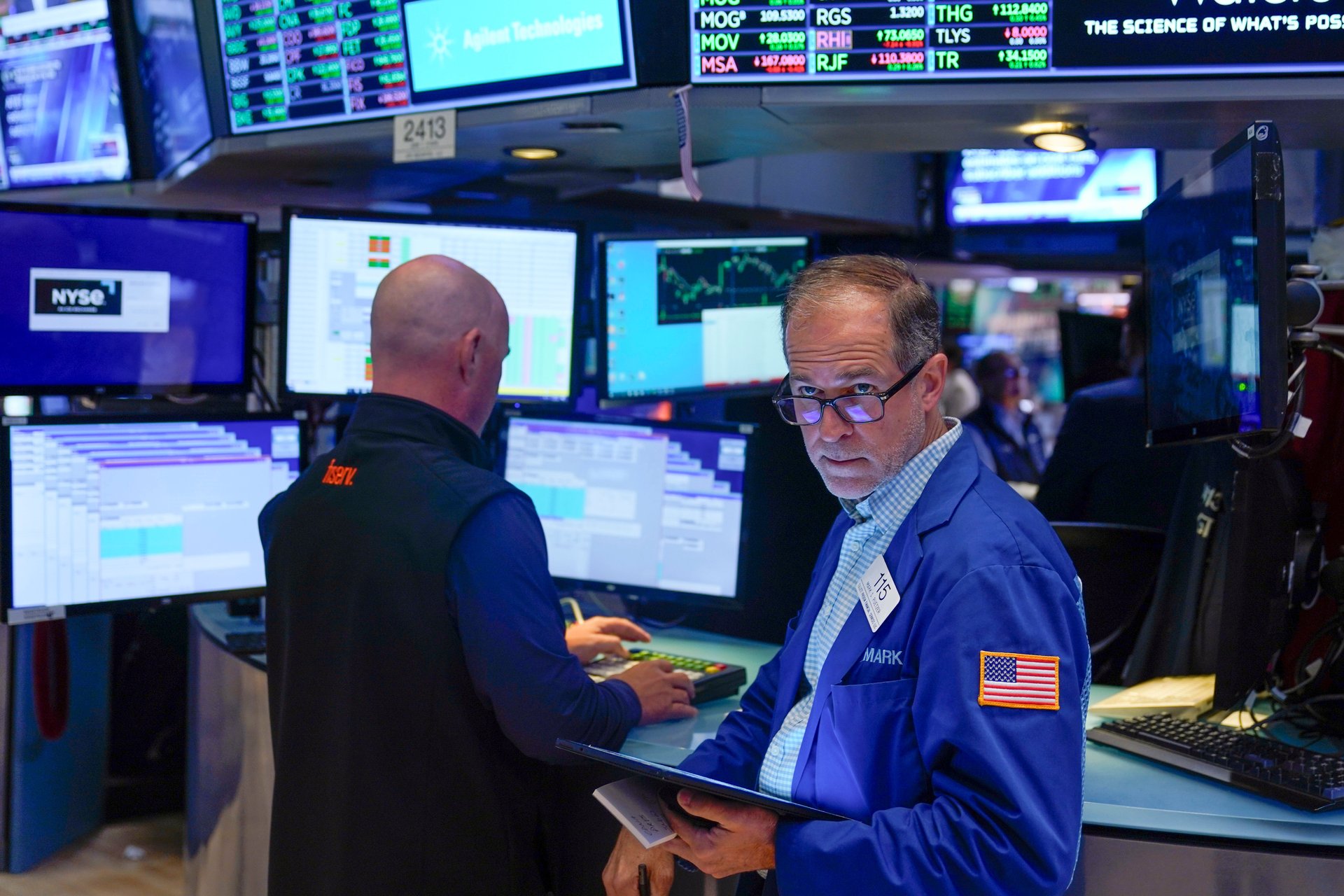Investors' shift to low-cost funds brings average fees down
Fund investors are keeping more of what’s theirs

NEW YORK (AP) — Fund investors are keeping more of what's theirs.
Suggested Reading
Fees for mutual funds and exchange-traded funds fell to a record low last year, according to Morningstar. Fund investors paid about $37 in fees for every $10,000 invested, down from $40 in 2021. Altogether, that saved them a collective $9.8 billion.
Related Content
While that doesn't change the fact that many stock and bond funds stuck investors with losses last year, it means they at least weren't even worse. Funds take out their fees whether prices are rising or falling.
Finding a lower-cost fund isn't a guarantee of better performance, but it means a fund has a head start on higher-cost rivals when it comes to after-fee returns, which are what count.
Investors have noticed, and they're pouring into the lowest-cost funds as a result. The cheapest 20% of funds attracted $394 billion in net new investment last year, according to Morningstar. The remainder of the funds, meanwhile, saw $734 billion leave.
Index funds are a big reason for the lower expenses. They generally charge lower fees because they're not hiring managers looking to pick the right investments to beat the index. By simply tracking the S&P 500 or another index, they charged an average of $12 in fees for every $10,000 invested last year. That's down slightly from $13 a year earlier.
But even actively managed funds are seeing pressure on fees. Investors in those funds paid an average of $59 in fees for every $10,000 invested, down from $61 in 2021.
The Investment Company Institute, an industry group, has tracked a similar drop in fees through the years. It says economies of scale are also helping to drop expenses paid by individual investors, and cheap funds drawing more investment are enjoying the benefits.
When a fund attracts more investment dollars, its expenses for accounting, auditing and other services don't go up that much. That means those expenses can be spread out over more dollars, effectively lowering the costs per investor dollar for the group overall.
